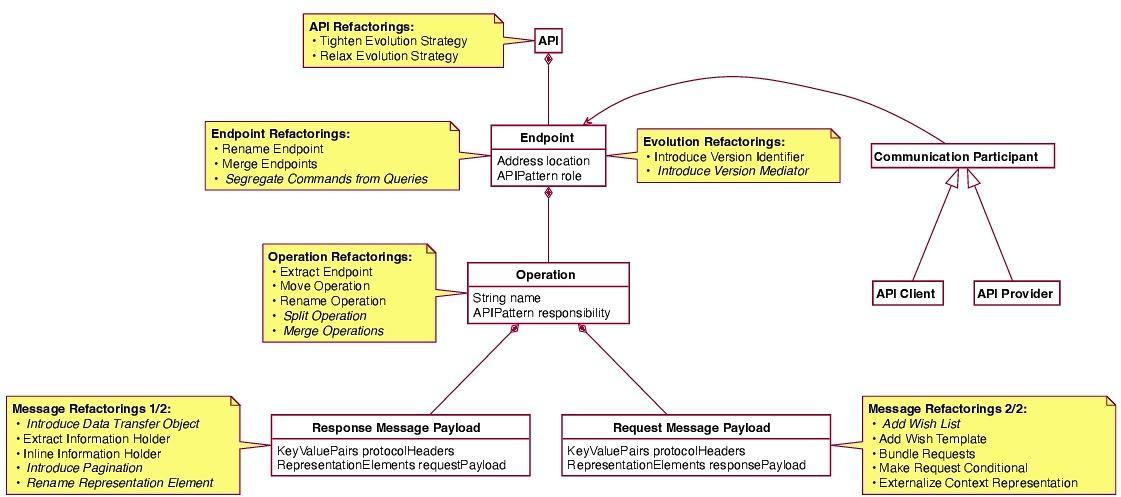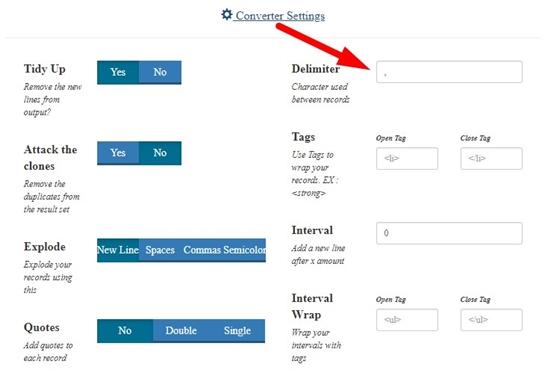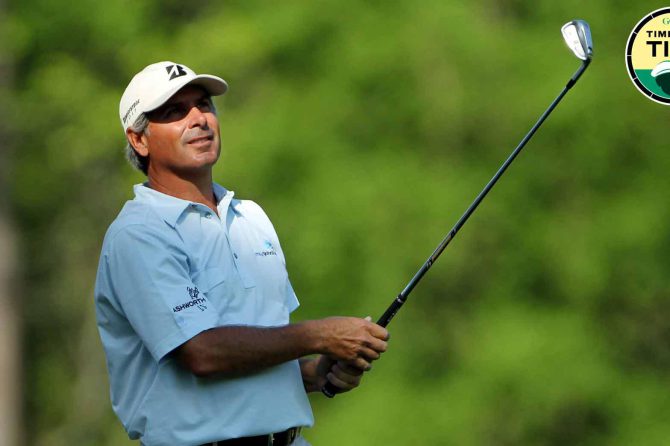An In-Depth Look at Dustin Johnson’s Golf Swing: Biomechanics and Cognitive Insights
Dustin Johnson, a prominent figure in professional golf, serves as an inspiration for many aspiring golfers worldwide. His remarkable swing has been the subject of extensive analysis, revealing the intricate biomechanical and cognitive elements that contribute to his success. This article aims to dissect the components of Johnson’s swing through a comprehensive lens, uncovering the secrets behind his impressive power and precision on the course.
Understanding Dustin Johnson’s Grip and Posture
The grip and posture are foundational elements of Dustin Johnson’s exceptional swing technique. He employs a neutral grip with a slight overlap, positioning his left hand below his right. This grip facilitates a natural swing path while ensuring control throughout each motion.
Johnson’s posture is equally vital; it lays the groundwork for generating both power and accuracy. He adopts a stance with feet shoulder-width apart, knees slightly bent, and maintains an upright spine. His hips are subtly angled toward the target while keeping his shoulders relaxed and aligned with his spine. This alignment allows him to harness maximum energy while maintaining balance during his swing.
Key Biomechanical Features
| Grip | Posture |
|————————-|————————————–|
| Neutral | Feet shoulder-width apart |
| Slightly overlapping | Knees slightly bent |
| Left hand below right | Spine straight |
| | Hips turned towards target |
| | Shoulders relaxed |
Kinematic and Kinetic Aspects of Johnson’s Swing Mechanics
Kinematic analysis focuses on how body segments move during swings, whereas kinetic analysis examines forces that drive these movements. Dustin Johnson’s unique kinematic features significantly enhance his power, accuracy, and consistency.
Kinematic Characteristics:
- Initial Coil: He begins by rapidly coiling his left shoulder while extending his right hip—this action creates substantial potential energy.
- Dynamic Downswing: During this phase, he aggressively rotates both pelvis and shoulders to generate immense rotational force.
- Lagged Backswing: His backswing features deliberate lagging of the clubhead behind hands which allows for greater energy storage before explosive release at impact.
Kinetic Characteristics:
- High Angular Velocities: The angular velocities in both shoulders and pelvis rank among the highest on tour—this contributes to exceptional clubhead speed.
- Optimal Joint Angles: Maintaining near-optimal angles throughout enhances power transfer while minimizing torque loss.
- Effective Torque Distribution: Torque is evenly distributed across legs, trunk, and arms for balanced force delivery to the ball.
Cognitive Factors Influencing Performance
Cognitive aspects play an essential role in enhancing Dustin Johnson’s performance on the course. His ability to focus intently while visualizing desired outcomes greatly boosts technical execution.
- Selective Attention: He excels at concentrating solely on targets while filtering out distractions—this ensures consistent accuracy.
- Positive Self-Talk: By employing affirmations that bolster confidence levels during playtime situations reinforces optimal mechanics leading to successful shot outcomes.
Moreover, under pressure situations showcase Johnson’s cognitive resilience; he remains composed by accessing cues that guide decision-making processes effectively optimizing each swing execution.
Instructional Insights from Johnson’s Technique
Dustin Johnson’s golf technique exemplifies biomechanics intertwined with cognitive mastery—a model from which golfers can learn immensely about improving their own swings through understanding core principles behind effective techniques:
Grip & Posture Techniques
Johnson utilizes an interlocking grip where fingers intertwine securely aiding in clubface control alongside generating significant power through proper posture allowing full rotation efficiency during swings.
Swing Mechanics Breakdown
His approach includes:
- A long yet smooth backswing initiated slowly ensuring head stability along with balanced weight distribution.
- At peak backswing heightens elbow position combined with straightened left arm sets up powerful downswing initiation shifting weight onto left foot delivering forceful strikes through ball contact efficiently.
Key Principles Table
| Swing Mechanic | Principle |
|————————|————————————————|
| Grip | Interlocking grip; left hand beneath right |
| Posture | Feet shoulder-width apart; knees slightly bent |
| Backswing | Slow initiation; head down; balanced weight |
| Downswing | Weight shift onto left foot; powerful follow-through |
By grasping these fundamental principles underlying Dustin Johnston’s technique golfers can make notable improvements within their own games unlocking potential capabilities leading towards enhanced performance levels overall!
Recommendations Inspired by Dustin Johnston’s Approach
Dustin Johnston offers valuable lessons applicable across all skill levels within golfing communities here are some actionable recommendations aimed at integrating aspects derived from analyzing him into personal practice routines:
Emphasize Body Rotations & Smooth Transitions:
Practice initiating rotational motions starting from ground level progressing upwards engaging hips torso then shoulders fluidly transitioning between backswings into downswing phases avoiding abrupt halts disrupting timing or accuracy flow patterns!
Develop Wrist Lag & Power Generation:
Focus on maintaining wrist cocked throughout backswings releasing stored lag upon impact zone creating whip-like effects yielding substantial striking powers!
Core Strength Training Regimen:
Strengthening core muscles enhances stability/control facilitating effective rotations improving balance overall! Here are some exercises targeting key muscle groups:
Muscle Group Exercises
Core: Plank
Obliques: Russian Twists
* Back: Crunches
Dustin Johnston embodies excellence showcasing intricate relationships between biomechanics coupled alongside cognitive strategies driving success within competitive environments! Understanding these foundational principles empowers golfers/instructors alike refining techniques maximizing performances elevating experiences enjoyed out there amidst greens!

Unlocking Power and Precision: The Biomechanics and Mindset Behind Dustin Johnson’s Golf Swing
Meta Title: Unlocking Power and Precision in Golf: Biomechanics of Dustin Johnson’s Swing
Meta Description: Explore the biomechanics and mindset that fuel Dustin Johnson’s exceptional golf swing. Learn techniques and strategies to enhance your own game.
The Biomechanical Foundations of Johnson’s Swing
Dustin Johnson’s golf swing is a masterclass in biomechanics, combining physics and human anatomy to deliver explosive power and pinpoint accuracy. Understanding the principles underlying his technique can help golfers of all levels improve their own swings.
Key Biomechanical Elements
- Kinematics and Kinetics
- Kinematics: Refers to the motion of the golf club and body segments during the swing. Johnson’s swing showcases fluid motion, characterized by smooth transitions between phases (backswing, downswing, impact).
– Kinetics: Involves the forces applied during the swing. Johnson generates incredible clubhead speed through coordinated body movements and strategic timing.
- Segmentation and Timing
– Each segment of the body plays a crucial role in the swing. The kinetic chain begins with the lower body, moving through the core, and finally culminating in the upper body and arms.
– Proper timing of these segments maximizes energy transfer, resulting in greater distance and control.
- Joint Angles and Muscle Activation
– Johnson’s swing includes optimal joint angles at different phases. For instance, a slight bend in the knees and hips helps maintain balance and stability.
– Muscle activation patterns also significantly impact performance, with key muscles such as the glutes, core, and shoulders working in harmony.
The Role of Body Position
Maintaining ideal posture throughout the swing is essential. Johnson adopts a neutral spine angle, facilitating optimal rotation and minimizing strain. This posture helps him maintain a balanced center of gravity, crucial for executing powerful swings.
Insights into Mental Approach
While biomechanics is critical, Johnson’s mindset also contributes to his success on the course. Mental strategies enhance his physical abilities and help maintain focus during competitive play.
Visualization Techniques
- Pre-Swing Visualization: Before each swing, Johnson visualizes the shot trajectory and landing zone. This practice boosts confidence and clarity in execution.
- Post-Shot Reflection: Analyzing past shots allows him to adapt and improve, maintaining a growth mindset that fuels continual development.
Stress Management
- Johnson employs relaxation techniques to mitigate pressure in high-stakes situations. Controlled breathing and positive self-talk enhance his mental state, allowing for sharper focus and improved performance.
Benefits of Understanding Biomechanics
- Enhanced Performance
– Gaining insights into biomechanics can propel golfers to higher performance levels. Understanding how body mechanics affect swing dynamics leads to more informed training practices.
- Injury Prevention
- Learning proper swing mechanics can help minimize the risk of injuries commonly associated with improper technique. For instance, conditioning specific muscle groups and maintaining flexibility can alleviate strain.
- Customized Training Programs
– A thorough analysis can inform personalized training regimens, maximizing strength and efficiency relative to an individual golfer’s unique physique and skills.
Practical Tips for Improving Your Swing
Technique Emphasis
- Focus on the Lower Body: Engaging the legs and hips provides a solid foundation. Work on drills that emphasize lower body strength and stability, such as squats and lunges.
- Core Strength: Incorporate exercises like planks and medicine ball twists to enhance core stability, enabling a more powerful swing.
Drills for Consistency
- Slow-Motion Practice: This promotes awareness of swing mechanics. Perform slow, deliberate swings to focus on body position and timing.
- Video Analysis: Recording swings and analyzing them can help identify flaws in technique, allowing for targeted improvement.
Case Studies: Learning from High Performers
Analyzing Competitive Play
Studying top performers like Dustin Johnson offers valuable lessons. In various tournaments, his ability to adapt to course conditions and manage pressure exemplifies the synergy between biomechanics and mental strength.
| Player | Tournament | Key Takeaway |
|———————|———————–|———————————————————————–|
| Dustin Johnson | 2020 US Open | Mastery of the course layout through strategic shot planning. |
| Rory McIlroy | 2019 Players Championship | Excellence in utilizing biomechanical principles in high-speed swings. |
| Brooks Koepka | 2018 PGA Championship | Strong lower-body engagement leads to increased power in drives. |
First-Hand Experiences: Masters at Work
In interviews, Johnson has emphasized the necessity of practice beyond the range. He maintains a rigorous training schedule that includes physical conditioning, mental exercises, and technical refinement. His commitment to honing these aspects is crucial for maintaining peak performance levels.
Table: Key Biomechanical Principles in Golf
| Principle | Description | Practical Application |
|—————————–|————————————————–|——————————————–|
| Joint Angles | Optimal angles enhance swing efficiency | Focus on flexibility and strength training |
| Segmented Motion | Each body part’s contribution to swing power | Drill coordination in practice sessions |
| Muscle Activation Patterns | Key muscle groups work together | Tailor workouts to target specific areas |
Conclusion
Understanding both the biomechanics and mindset behind Dustin Johnson’s golf swing can offer valuable insights for golfers aiming to enhance their performance. By embracing principles of body mechanics and fostering a resilient mental approach, you can unlock greater power and precision in your own game.





